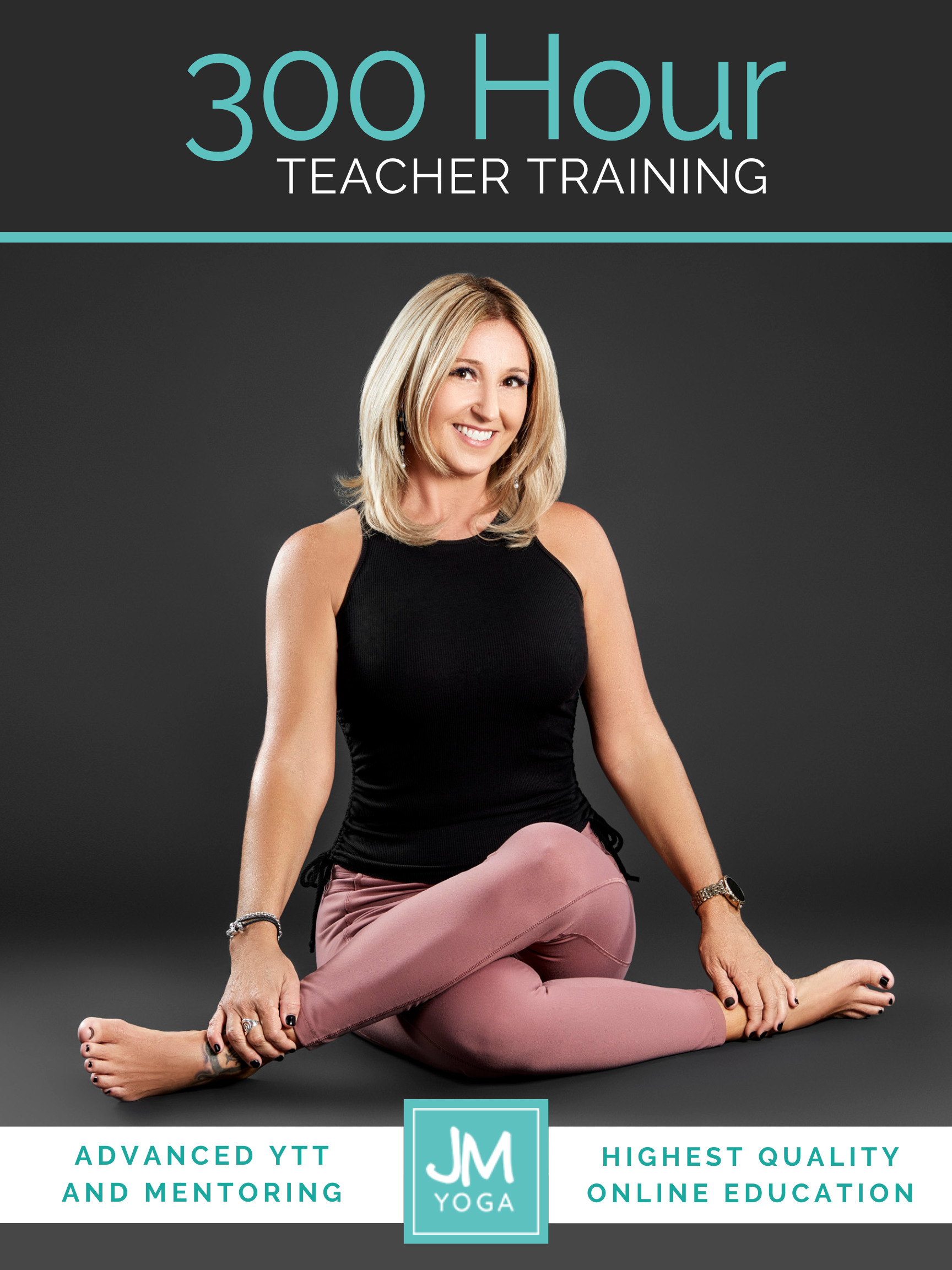Can Online Yoga Support Cancer Patients? Insights from a New Study Protocol
In the latest episode of Yoga Research and Beyond, hosts Ariana and I discuss an intriguing new study protocol about an online yoga intervention for cancer patients and their caregivers. This research study, titled “Study Protocol for a Multi-Center Randomized Control Trial Evaluating the Efficacy of an Online Yoga Intervention in High-Grade Glioma Patients and Their Caregivers,” was published in the British Medical Journal (BMJ) in 2023.
This protocol captured my attention because of my experience with similar research in the past. It’s one of the first of its kind in online yoga studies specifically targeting this patient group, making it a unique addition to the field.
Paper Overview and Goals
The paper focuses on high-grade glioma patients – individuals in the late stages of an aggressive form of brain cancer. This population often faces significant emotional and physical challenges. These may include high levels of anxiety, depression, and reduced quality of life. The research aims to assess whether a structured online yoga program can help alleviate some of these issues.
Interestingly, this study isn’t just about the patients; it also includes caregivers. Research shows that caregivers sometimes experience higher levels of stress and anxiety than the patients themselves. Involving them makes this study both innovative and compassionate.
What Makes This Study Protocol Different?
- Online Delivery: Conducting the intervention online removes many of the common barriers to participation for these patients, who often struggle with mobility and energy levels. Moving the sessions online also broadens accessibility, allowing people to participate without leaving their homes. For the research community, this format means we can study yoga’s effects in a more scalable way.
- Transparency Through Trial Registration: Publishing a detailed plan before the study begins ensures transparency and integrity. By registering the trial, the researchers can commit to sharing both positive and negative outcomes. This transparency is crucial for research credibility and prevents the temptation to only publish favorable results.
- Self-Reported and Physiological Outcomes: The study will measure outcomes in two ways: through self-reported questionnaires on mental health factors like anxiety and depression, and through physiological markers, such as cortisol levels, collected via hair and blood samples. This dual approach will allow for a well-rounded assessment of both the psychological and physical effects of yoga.
- Short, Intensive Duration: The yoga intervention spans eight weeks, with one 60-minute session per week. This brief timeframe is due to the aggressive nature of glioma, which necessitates a concentrated program to measure any potential effects.
My Previous Experience with a Similar Study
The idea of an online yoga intervention for a sensitive population resonates with me because of my involvement in a similar study several years ago. I served as a yoga consultant for research on an online yoga intervention for individuals with myeloproliferative neoplasms (MPN), a type of blood cancer. At the time, online interventions were rare, so our team had to address concerns about participant safety and proper form. This study was asynchronous, meaning participants used pre-recorded yoga sessions. This presented challenges but also offered valuable lessons.
The glioma study is to be conducted synchronously which may address safety concerns. I, however, still believe 60 minutes might be too long for this population, particularly given their physical limitations. An alternative approach, such as two shorter sessions per week, might be more effective and easier for participants to manage.
Online Yoga as a Growing Area of Research
COVID-19 undoubtedly accelerated the acceptance and implementation of online yoga, but scientific studies on its effectiveness are still limited. This study, however, is a step forward. Providing yoga online makes it more accessible and adaptable to those who might otherwise not be able to participate due to physical limitations, fatigue, or geographic constraints.
One aspect to explore still is how online practice compares to in-person practice in terms of injury risk and self-regulation. Research shows that individuals practicing at home without a teacher’s supervision tend to be more cautious and attuned to their own needs, potentially reducing the risk of injury. This counters the common concern that people need a teacher physically present to ensure their safety.
Conclusion
I’m excited to see more research emerge on online yoga interventions, especially in the context of sensitive populations. As our understanding of yoga and its therapeutic potential expands, studies like this can shed light on how to make these practices accessible, safe, and impactful. The researchers plan to complete this study by April 2026, and I look forward to revisiting the results when they are published. In the meantime, studies like this emphasize the importance of community and connection in the research field, bridging the gap between academic work and real-life applications.
Extend Your Learning: Advanced Yoga Teacher Training with Jules Mitchell
This program is ideal if you have an interest in biomechanics, principles of exercise science, applications of pain science, neurophysiology, and stretching. These themes are combined with somatics, motor control theory, pose analysis and purpose, use of props for specific adaptations, pathology, restorative yoga, and intentional sequencing.
You will learn to read original research papers and analyze them for both their strengths and their biases. Critical thinking and intellectual discourse are central components in this training, which was designed to help teachers like you navigate through contradictory perspectives and empower you with education. Learn more >

